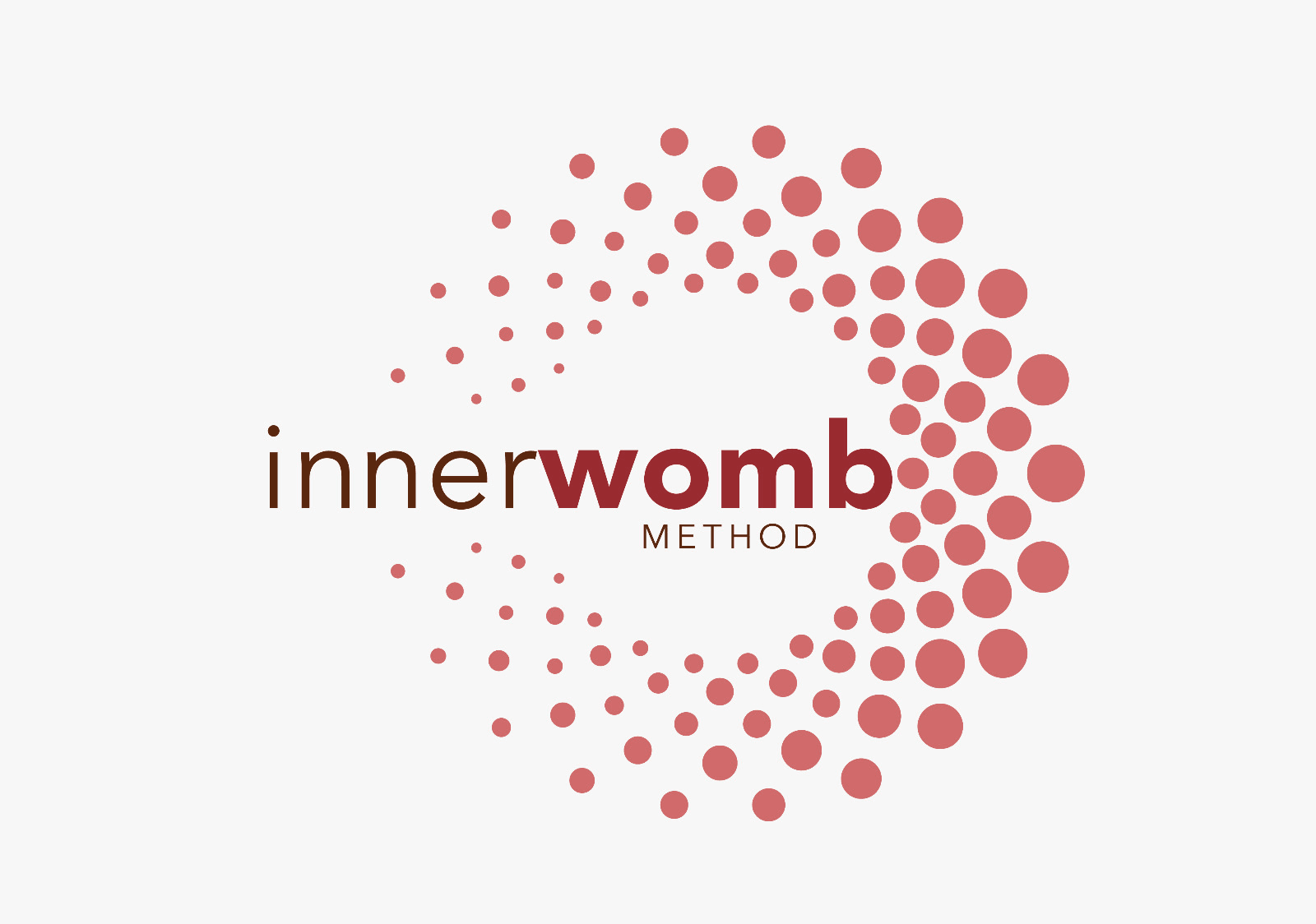Womb Healing for Pregnancy: A Path to Conscious Conception & Empowered Birthing

Womb healing is a holistic approach that focuses on restoring emotional, physical, and spiritual balance within the womb. It is particularly relevant for women preparing for pregnancy, as it addresses both past traumas and present wellness. This practice emphasizes the importance of connecting with the womb as a sacred space, recognizing its role in fertility and creative potential. Various techniques, including meditation, energy work, and herbal remedies, support women in their journey toward motherhood.
Understanding Womb Healing

Womb healing is a transformative practice that integrates emotional, physical, and spiritual elements to foster a deeper connection with the feminine energy residing within. It emphasizes the vital importance of the womb and its role in nurturing life, creativity, and personal power.
Womb as the Center of Feminine Energy
The womb is often regarded as the sacred center of feminine energy. This space is not just about physical reproduction; it embodies the essence of creation, intuition, and emotional depth. In many cultures, the womb symbolizes the source of life, reflecting the creativity and nurturing capabilities inherent in women.
Understanding the womb as a center of energy enables women to tap into their intrinsic power. This perspective encourages women to honor their bodies and embrace their feminine identity. The energy within the womb is linked to the broader female reproductive system, influencing both emotional and physical well-being. Exploring these perspectives can offer us deeper insights into womb spirituality and how it shapes our experience of self.
What is Yoni in Womb Healing?
The term 'Yoni' originates from Sanskrit and is often translated as "sacred space." In the context of womb healing, the Yoni encompasses the entire female reproductive system, including the uterus, vagina, and external genitalia. Recognizing the Yoni as a sacred space is crucial for holistic healing; it invites women to explore their sexuality, emotions, and connections to their bodies.
By engaging in practices that honor the Yoni, women may begin to heal emotional wounds and release negative energies that have accumulated over time. This healing process cultivates a sense of empowerment, enhancing relationships with oneself and others. Rituals that incorporate the Yoni can include self-exploration, conscious movement, and breathwork aimed at fostering intuition and self-acceptance. This recognition is a cornerstone of many sacred womb healing traditions that have been passed down through generations.
The Role of Sacred Space in Healing
Creating a sacred space for womb healing is essential. This dedicated environment allows individuals to connect deeply with their inner selves and facilitates the healing process. A sacred space can be physical, like a room or an area in nature, or it can be a mental state cultivated through meditation and mindful practices.
- Physical sacred spaces can be adorned with items that hold personal significance, such as crystals, flowers, or photographs.
- Incorporating elements like candles and incense can enhance the ambiance, invoking a sense of calm and focus.
- Practicing in these sacred spaces can help women establish a routine that nurtures their emotional and physical health.
Within these spaces, women can engage in various healing practices, including meditation, visualization, and journaling. Each of these practices serves to deepen the connection with the womb and facilitate a comprehensive healing journey. In cultivating a sacred environment, women can honor their experiences and embrace their power to heal and create.
Each of these valuable practices serves to deepen the intimate connection with our womb and facilitate a truly comprehensive and holistic womb healing journey.
Importance of Womb Healing for Pregnancy
Womb healing plays a significant role for women during pregnancy. It cultivates a nurturing environment, essential for emotional stability, physical well-being, and spiritual alignment, all of which contribute to a more joyful and healthier pregnancy experience.
Emotional and Spiritual Benefits
The emotional and spiritual aspects of womb healing are vital in preparing for pregnancy. By addressing past traumas and releasing negative emotions, women can create a clearer space for conception and nurturing new life. Key benefits include:
- Increased Self-Awareness: Understanding and processing past experiences lead to increased self-awareness, helping women connect with their inner strength.
- Enhanced Emotional Resilience: Healing fosters resilience, making it easier to cope with the challenges that accompany pregnancy.
- Spiritual Connection: Strengthening the bond with the womb enhances spiritual awareness, allowing women to embrace motherhood as a sacred journey.
Physical Health and Fertility
Physical well-being is integral to fertility and pregnancy. Womb healing not only improves reproductive health but also establishes a more conducive environment for conception. Essential aspects include:
- Improved Uterine Health: Practices focusing on womb health can enhance blood circulation and reduce inflammation, making the uterus a more welcoming place for a fertilized egg.
- Hormonal Balance: Womb healing techniques can help regulate menstrual cycles and hormone levels, crucial factors for fertility.
- Physical Comfort: Addressing physical discomfort or pain through holistic practices can enhance overall quality of life and well-being.
Preparing the Womb for Conception
Preparation of the womb is a multifaceted process that involves emotional, physical, and spiritual readiness. This includes:
- Detoxification: Engaging in detoxification practices can cleanse the body, allowing for optimal uterine health.
- Healthy Lifestyle Choices: A balanced diet, regular exercise, and stress management contribute to an optimal state for conception.
- Mindfulness Practices: Incorporating mindfulness techniques, such as meditation and visualization, helps to align intentions while fostering a positive mindset about pregnancy.
Practices Involved in Womb Healing
Various practices play a significant role in womb healing, offering methods to reconnect with the womb's energy and promote a healthy environment for pregnancy. These practices encompass mindfulness, energy work, herbal remedies, and physical exercises tailored to support reproductive health.
Meditation and Mindful Breathing
Meditation is a powerful tool for women looking to heal and connect with their womb. It promotes relaxation and self-awareness, allowing individuals to process emotions and cultivate inner peace.
Establishing a Deep Connection With Your Womb
Creating a strong bond with the womb involves intentional practices that invite awareness to this sacred space. Guided visualizations and silent reflection can help women develop a deeper understanding of their womb's needs. Engaging in these meditative practices allows for emotional release and fosters a nurturing environment.
Self-Love and Nurturing Techniques
Self-love practices often include affirmations and self-care routines that honor the body. Ritual baths, journaling about emotions, and engaging in creative activities can enhance the connection to the womb. These acts of self-nurturing serve as reminders of the womb’s power and beauty, reinforcing positive self-image and emotional well-being.
Energy Work and Sacral Chakra Balancing
Energy work focuses on the flow of life force within the body. The sacral chakra, associated with creativity and sensuality, is integral to womb healing. Balancing this energy center can lead to profound healing experiences.
Activating and Balancing the Sacral Chakra
Practices such as yoga and specific movements can activate the sacral chakra. Traditional poses that open the hips and encourage movement are effective. Regularly engaging in these activities helps maintain energy flow, creating a harmonious space for emotional and physical healing.
Releasing Stored Emotions
Emotional blockages can hinder the connection to the womb. Techniques like breathwork and guided imagery can facilitate the release of pent-up emotions. Allowing these emotions to surface is essential for clearing any discomfort associated with the womb, fostering an environment conducive to healing.
Herbal Remedies and Aromatherapy
Herbal remedies are beneficial for supporting womb health. Many plants possess properties that aid in hormonal balance and overall reproductive health. Incorporating these into daily routines can enhance physical and emotional well-being.
Herbal Infusions for Womb Health
Infusions made from herbs such as red clover, nettle, and raspberry leaf offer nutritional support and strengthen the reproductive system. These herbs can be consumed as teas or tinctures, embedding their healing qualities into the body.
Aromatherapy for Emotional Release
Aromatherapy employs essential oils to promote emotional balance and relaxation. Oils like clary sage, lavender, and ylang-ylang can be diffused or applied topically. The scents can work on a subconscious level to ease anxiety and promote emotional release, aligning the mind and body.
Physical Practices and Exercises
Incorporating physical activities is essential in womb healing, as they enhance circulation and stimulate energy flow within the body. These practices not only aid physical health but also support emotional connection.
Holistic Pelvic Care™ Techniques
Holistic Pelvic Care™ combines various techniques intended to nurture the pelvic floor. This approach often includes gentle massage, internal care, and body awareness practices designed to release tension held in the pelvic area.
Exercises for the Female Reproductive System
Engaging in specific exercises strengthens the pelvic muscles and improves blood flow. Activities such as Kegel exercises, yoga, and dance promote a healthy reproductive system, further supporting womb health and emotional well-being.
Overcoming Challenges in Womb Healing
While the journey of womb healing is transformative, it often comes with challenges that can hinder progress. Addressing these hurdles with awareness and support is key to achieving healing and restoring balance.
Addressing Emotional Trauma
Emotional trauma is a significant barrier that many encounter during womb healing. Experiences such as abuse, loss, or negative societal influences can create deep-seated wounds in the psyche. Recognizing the impact of these traumas is the first step in the healing process. Therapy, whether individual or group-based, offers a safe space to explore these feelings.
Techniques such as journaling and art can facilitate expression and begin the healing journey. Engaging with a trained professional who specializes in trauma can lead to breakthroughs that promote emotional release and understanding.
It is beneficial to incorporate practices like meditation, which can help in calming the mind and connecting with suppressed emotions. A compassionate approach to acknowledging these feelings allows for a gentler healing path.
Managing Physical Pain During Healing
Physical discomfort can arise as a natural part of the womb healing process. This pain may be linked to emotional pain emerging from the body's memory or physical conditions that need attention. Acknowledging this pain without fear is vital.
Utilizing holistic therapies such as acupuncture, massage, or gentle yoga can aid in alleviating physical discomfort. Here are some strategies to consider:
- Consulting with a healthcare professional to identify any underlying issues that may contribute to physical pain.
- Engaging in practices like Yoni Steaming, which can promote circulation and healing in the pelvic area.
- Implementing body awareness exercises that encourage a connection between the mind and body.
Listening to the body’s signals and giving it the needed care fosters a more comfortable healing experience.
Building a Supportive Community
A strong support network is essential for the successful journey of womb healing. Engaging with others who share similar experiences can provide emotional backing and shared wisdom. Whether through workshops, support groups, or online forums, connecting with like-minded individuals fosters a sense of belonging.
Incorporating regular meetings with this community not only helps in sharing stories of triumph and struggle but also enhances collective healing energy. Participants can offer tips, share resources, and provide reassurance that resonates with each other's journeys.
Creating bonds with a community can also alleviate feelings of isolation, reminding individuals that they are not alone in their struggles. Supportive relationships are instrumental in reinforcing self-love and resilience throughout the healing process.
Womb Healing in Modern Context
The modern context of womb healing reflects the growing interest in holistic practices that nurture emotional and physical well-being. This section delves into how contemporary influences shape this ancient practice, providing insights into yoga, meditation, and personal stories of transformation.
Influence of Online Yoga and Meditation
The rise of online platforms has significantly influenced the accessibility and practice of womb healing. Virtual yoga classes and meditation sessions offer women a convenient way to engage with their bodies and emotions from the comfort of their homes. Key elements include:
- Variety of classes focusing on pelvic health, feminine energy, and emotional release.
- Guided meditations specifically designed to connect with the womb's energy.
- The ability to join communities that support women in their healing journeys.
Instructors often incorporate ancient techniques with modern approaches, making it easier for individuals to resonate with the practices. This fusion creates a dynamic space where women can explore their relationship with their wombs in a supportive environment.
Integrating Womb Healing Into Everyday Life
Integrating womb healing into daily routines enhances overall well-being. Some effective methods include:
- Setting aside time for daily meditation to cultivate awareness of one’s body.
- Incorporating mindful breathing exercises during stressful moments.
- Establishing rituals that honor the menstrual cycle, such as rest and reflection.
Women are increasingly recognizing the importance of self-care. Simple practices like journaling about emotions or engaging in creative activities can serve as forms of womb healing. By embedding these activities into everyday life, individuals find a deeper connection to themselves and their reproductive health.
Stories of Transformation: Real-Life Experiences
Real-life testimonials provide powerful insights into the effectiveness of womb healing. Many women share transformative experiences that highlight the personal nature of this journey. Examples include:
- A woman recounting her experience of overcoming the trauma of a difficult birth through a structured healing program.
- An individual describing how connecting with her womb through yoga led to increased confidence and a more profound sense of self-worth.
- Another transformative account involves a woman who reclaimed her creativity after engaging in womb healing practices, resulting in newfound artistic expression.
These stories underscore the profound impact womb healing can have on various aspects of life, fostering resilience, empowerment, and deeper connections with one’s femininity.
